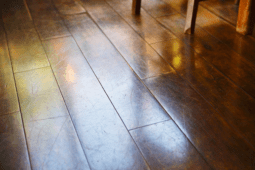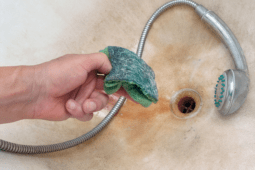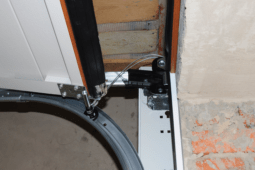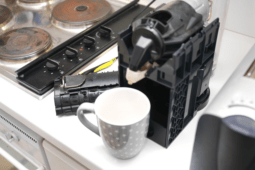If You Live in an Old House, There Could Be Razor Blades in Your Walls
Old houses hold plenty of surprises, with some being charming, some mysterious, and others downright strange. If your home was built before the 1970s, there’s a chance it has a hidden feature you’d never expect: discarded razor blades tucked away inside the walls. This odd discovery isn’t rare, and homeowners across the country have stumbled upon stacks of rusted blades while renovating. But how did they get there, and should you be concerned?
Why Are There Razor Blades in Walls?
Before disposable plastic razors became common, most men shaved with safety razors that required replaceable, double-edged blades. These blades were sharp, small, and difficult to throw away safely. To solve this problem, many bathroom medicine cabinets came with a built-in disposal slot labeled “razor blades.” These slots led directly into the wall cavity, allowing people to drop their old blades inside without risk of injury. Over time, thousands of blades could accumulate between the studs, remaining hidden for decades.
This practice was considered the safest way to dispose of used blades at the time. Since walls were typically sealed with lath and plaster or drywall, homeowners had little reason to suspect their walls were quietly collecting piles of metal.
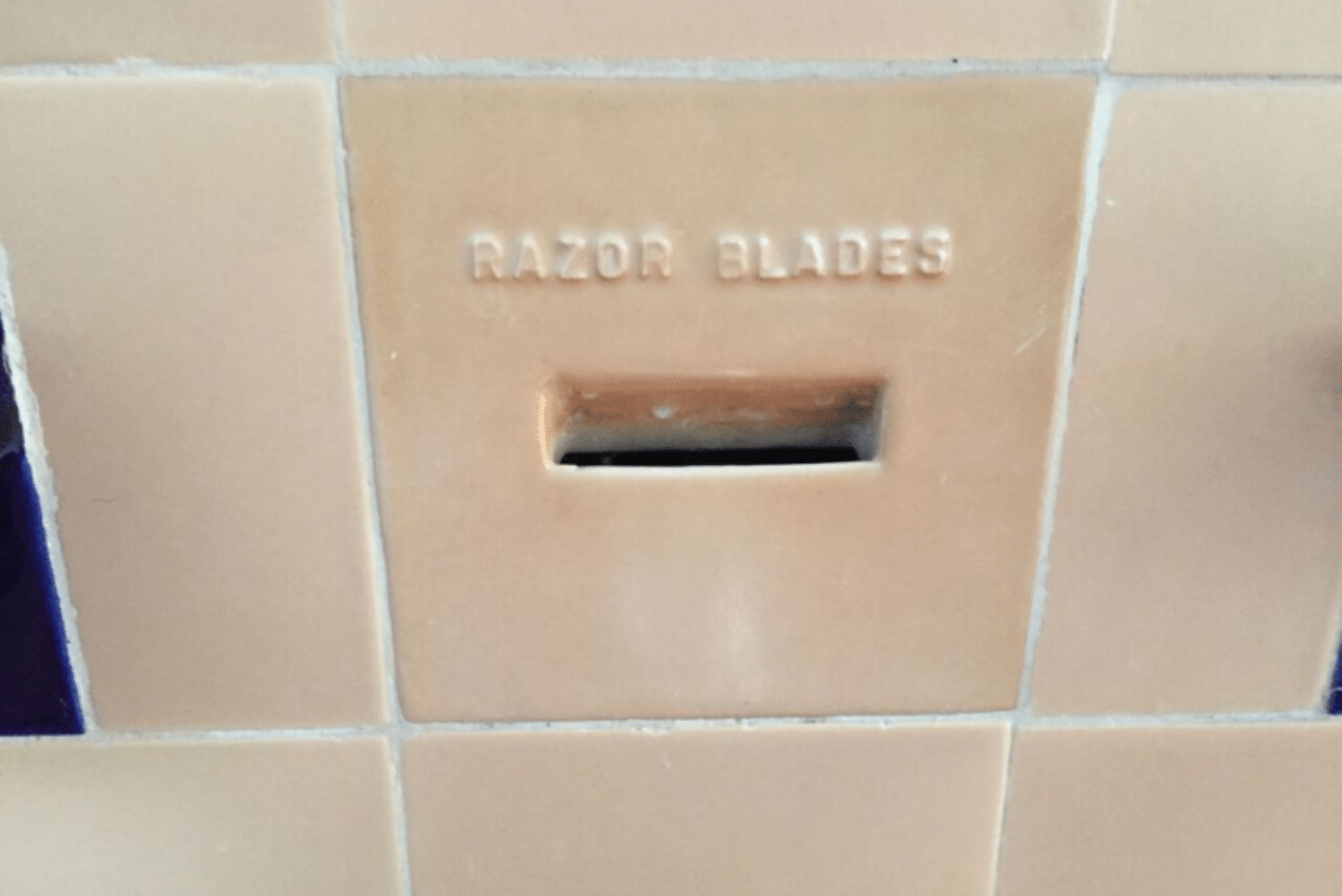
How Common Is This in Older Homes?
If your home was built between the 1920s and 1960s, there’s a decent chance it has one of these razor blade slots in the bathroom. Even if you haven’t seen one, it could be hidden behind a remodeled vanity or updated drywall.
Homeowners who have torn out old walls during renovations have reported finding layers of rusted blades inside, sometimes in massive piles. While this isn’t necessarily a problem for everyday living, it’s something to keep in mind if you plan on making changes to your bathroom.
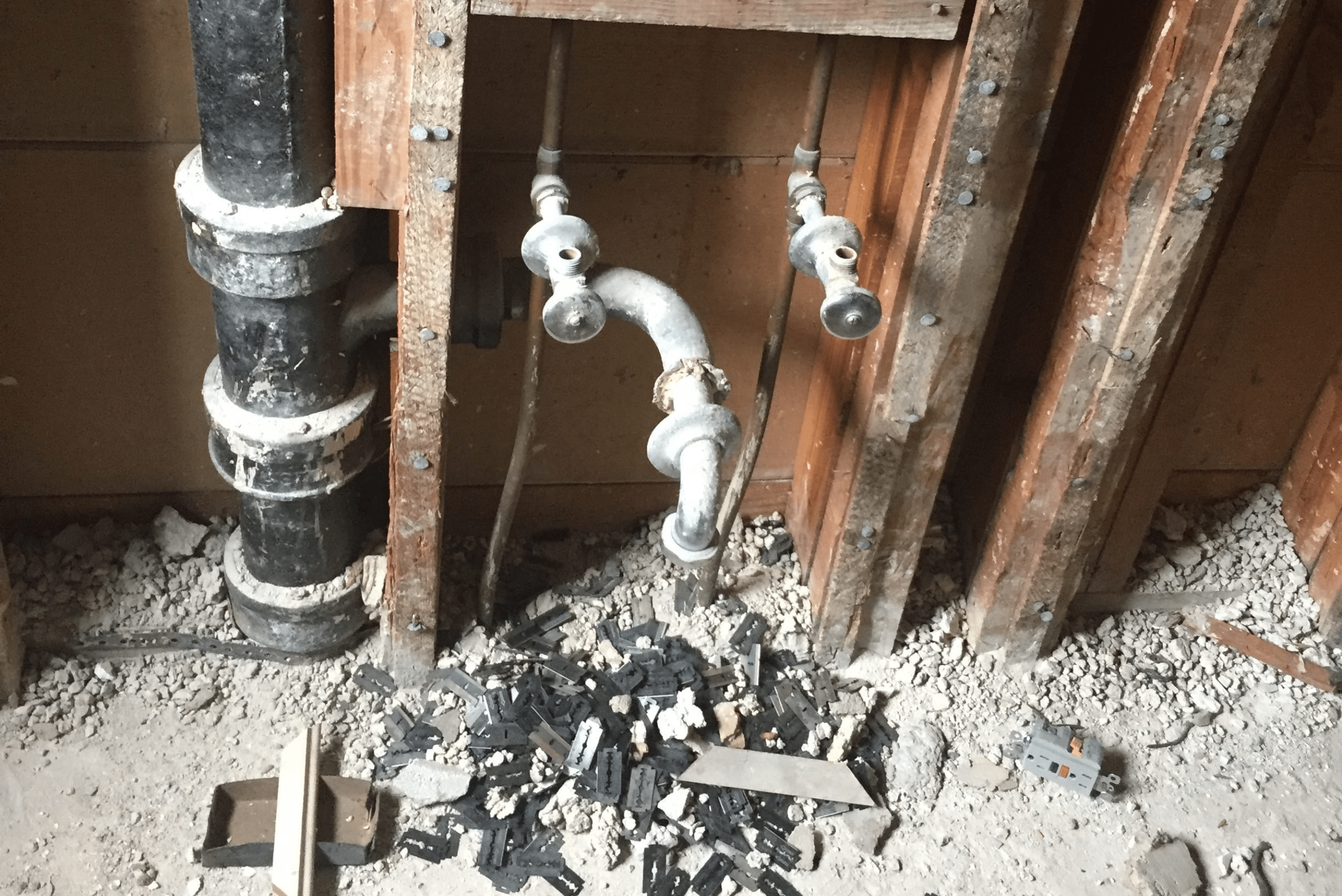
Should You Be Concerned About Hidden Razor Blades?
For the most part, these hidden blades aren’t a major safety hazard unless you start knocking down walls or doing major remodeling. Since they’re sealed inside, they don’t pose a risk to homeowners on a daily basis. However, if you’re renovating an older bathroom, it’s worth being cautious.
If you suspect your home has an old razor blade slot, take precautions when removing walls or opening up spaces. Wear gloves, use a flashlight to inspect cavities before reaching inside, and be prepared for the possibility of finding blades, especially near older medicine cabinets.
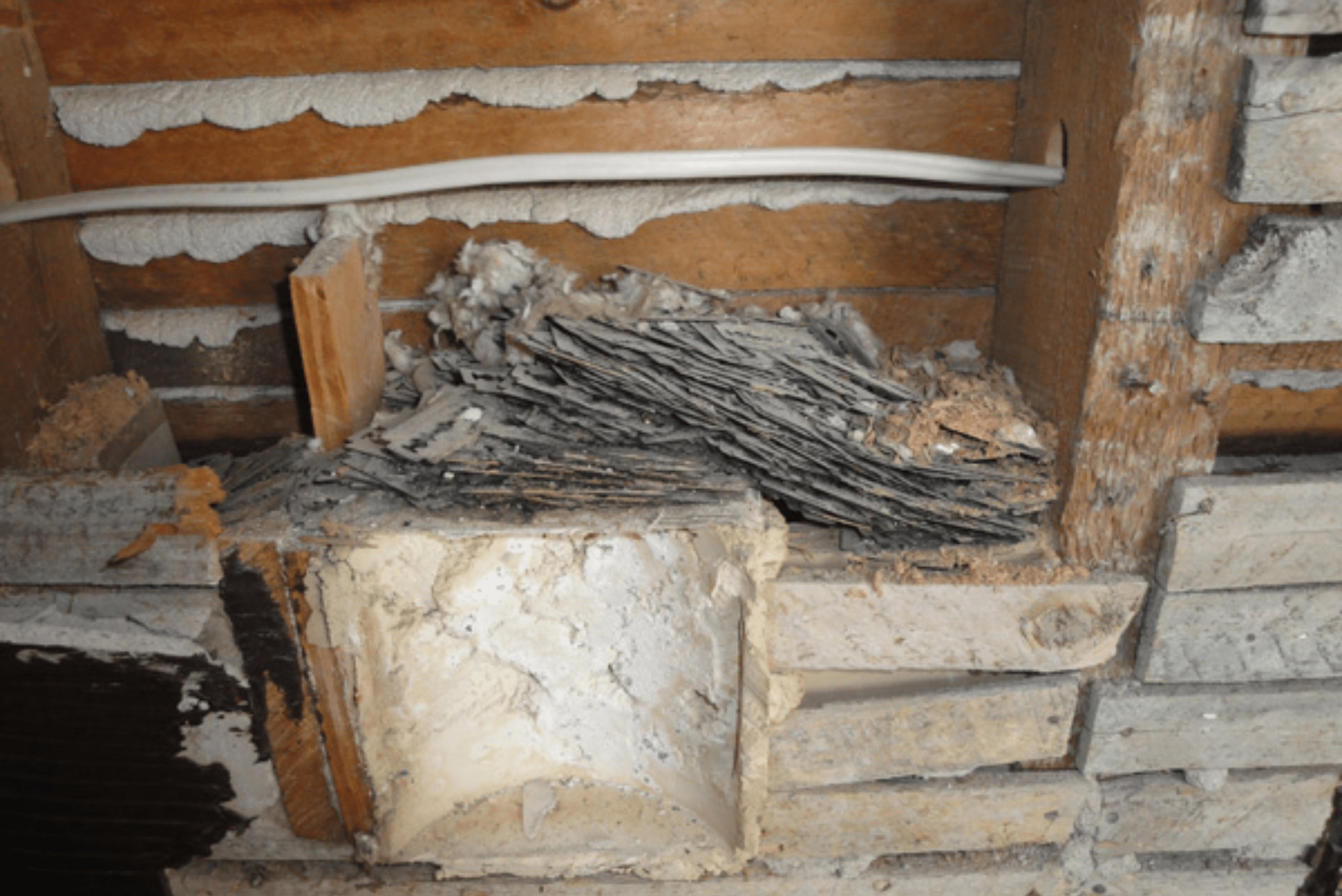
What Should You Do If You Find Them?
If you discover a pile of rusted blades in your walls, the best approach is careful removal. Use heavy-duty gloves and a small container to collect them safely. Avoid touching them directly, as rusted metal can pose a risk of cuts or infection.
Once removed, the blades should be disposed of properly. Many areas allow for the disposal of sharps at designated drop-off sites. If that’s not an option, seal them in a puncture-proof container before throwing them away to prevent any accidental injuries.
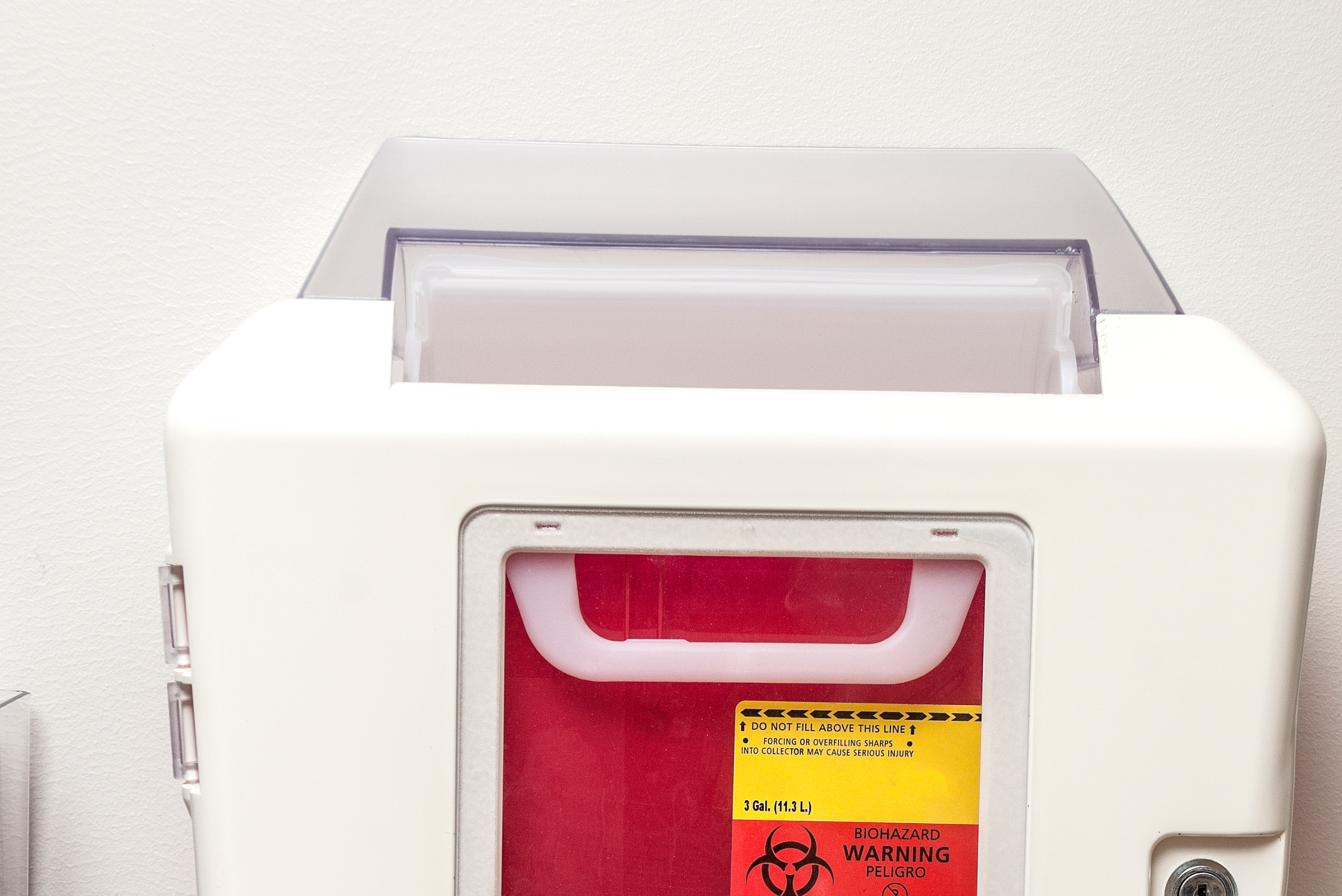
More Articles From Us
- Is Collecting Rainwater Illegal? Here’s What You Need to Know
- Why Remodel? Create a Stunning DIY Room Divider Instead
- Keep Your House Dust-Free Longer with These Simple Tips
What seems like a bizarre quirk of older homes was actually a clever, practical solution in its time. Homeowners today may be shocked to find razor blades lurking behind their walls, but for decades, this was considered a normal part of daily life. While modern razors have changed the way we dispose of blades, these hidden relics serve as a reminder of how homes and habits evolve over time.



